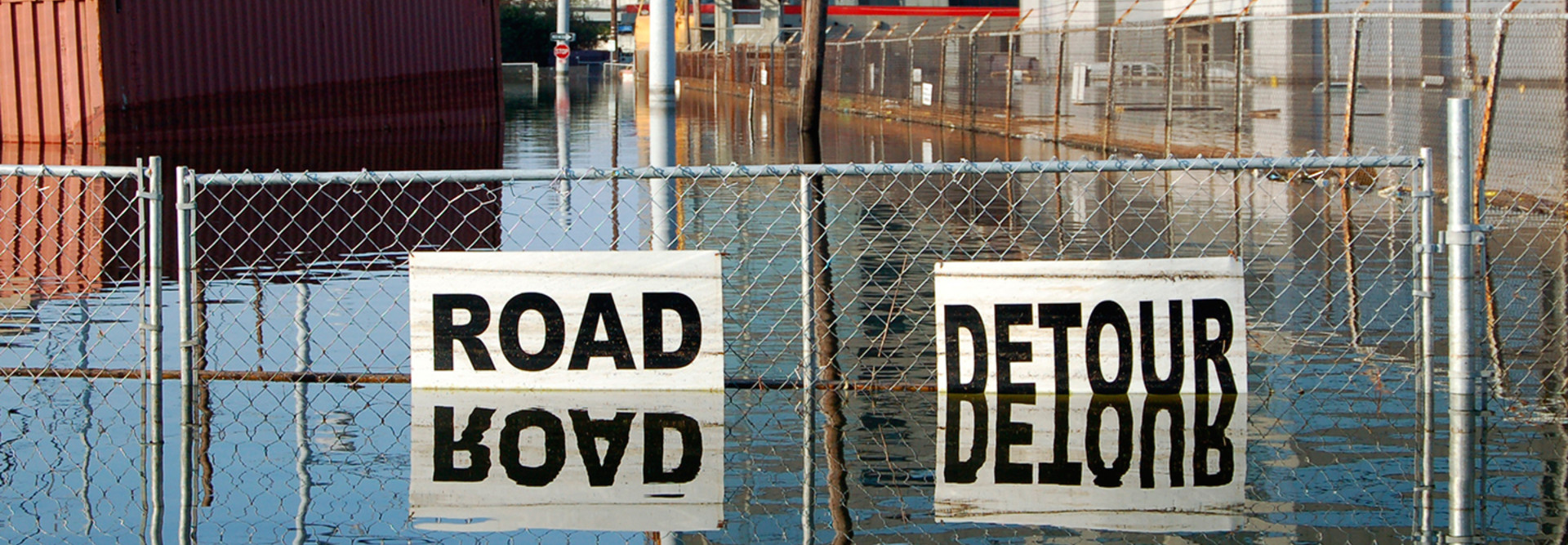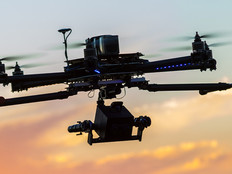NOAA Data Enhancements Will Help States Like Louisiana Defend Against Disasters Like Hurricane Katrina
It’s been a decade since Hurricane Katrina ravaged Louisiana, and in that time, the state’s Supreme Court has drafted and updated a disaster recovery plan for protection. IT developments that have helped the National Oceanic and Atmospheric Administration forecast hurricanes could provide even more protection for states like Louisiana in the future.
The Louisiana Supreme Court created a 15-page document laying out the plan’s timeline and highlighting its priorities. Louisiana Supreme Court CIO Mike Evanson told StateTech that he has faith in the concise plan, because although hurricanes remain a concern, they provide indicators before they hit.
“Like most people in Louisiana, we always think about hurricanes, but they’re not the biggest risk,” he explained to StateTech. Katrina took place in what Evanson called a “very different world in IT,” so states have learned to alter recovery plans as technology evolves. These IT boosts have made it easier for NOAA to predict hurricanes, and two new environmental satellite programs will further simplify that process in the future.
Next year, NOAA will introduce the Geostationary Operational Environmental Satellite-R (GOES-R) series, Nextgov reports. NOAA Satellite and Information Service assistant administrator Steve Volz told Nextgov that GOES-R will be able to send “30 times the data at five times the rate and twice the resolution,” and the program will also be capable of creating data sets that are sent to the National Hurricane Center after being updated every 30 seconds.
The Joint Polar Satellite System (JPSS) will join GOES-R in 2017. After it’s unveiled, the JPSS will supply ground-level forecasters with data, a process that Volz champions because it utilizes “facts and information” rather than projections.
Louisiana has spent the last 10 years improving IT so the state will be ready if faced with another Katrina. GOES-R and the JPSS, which Volz said offer “enhanced capability” compared to when Katrina struck, will only bolster those efforts.









